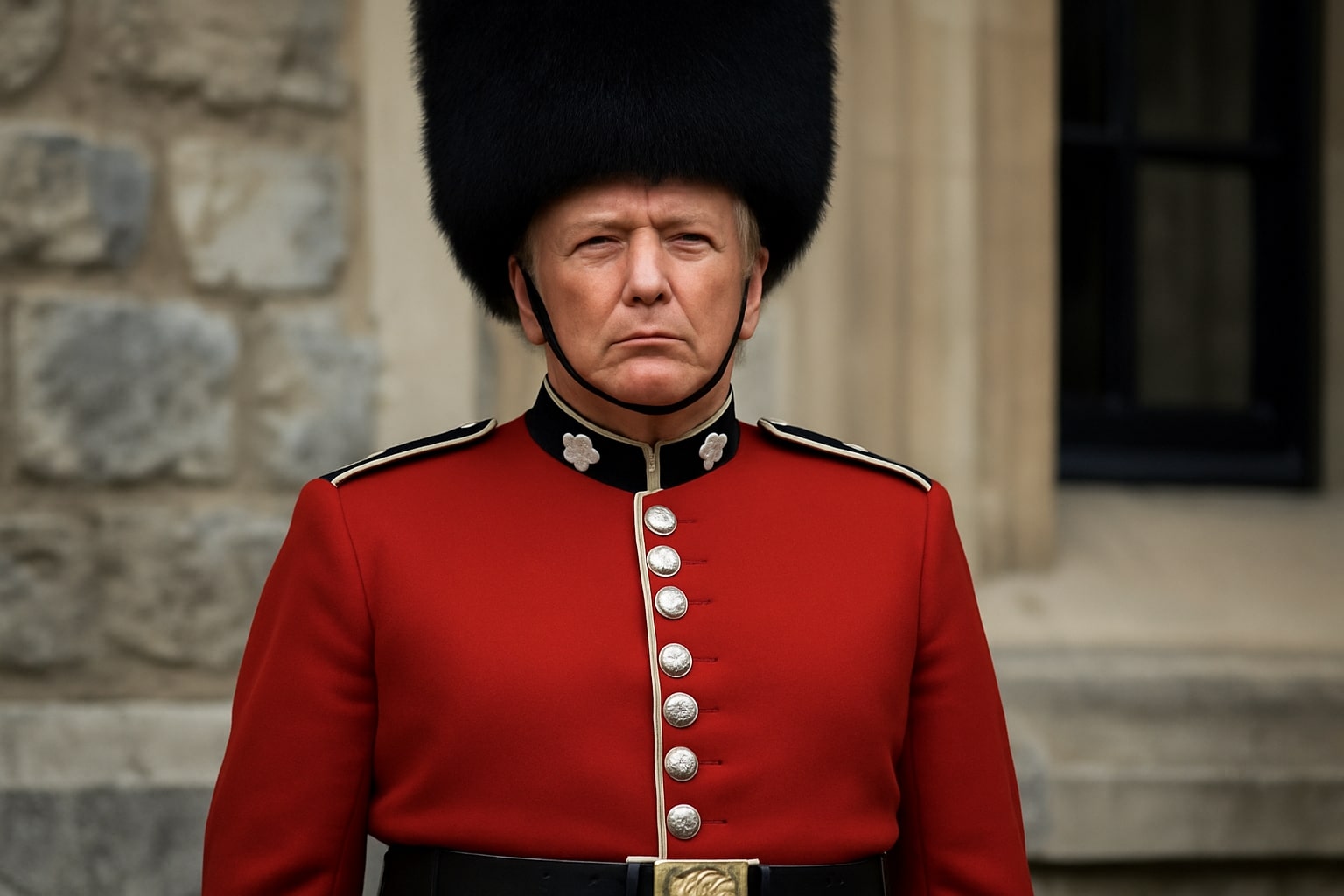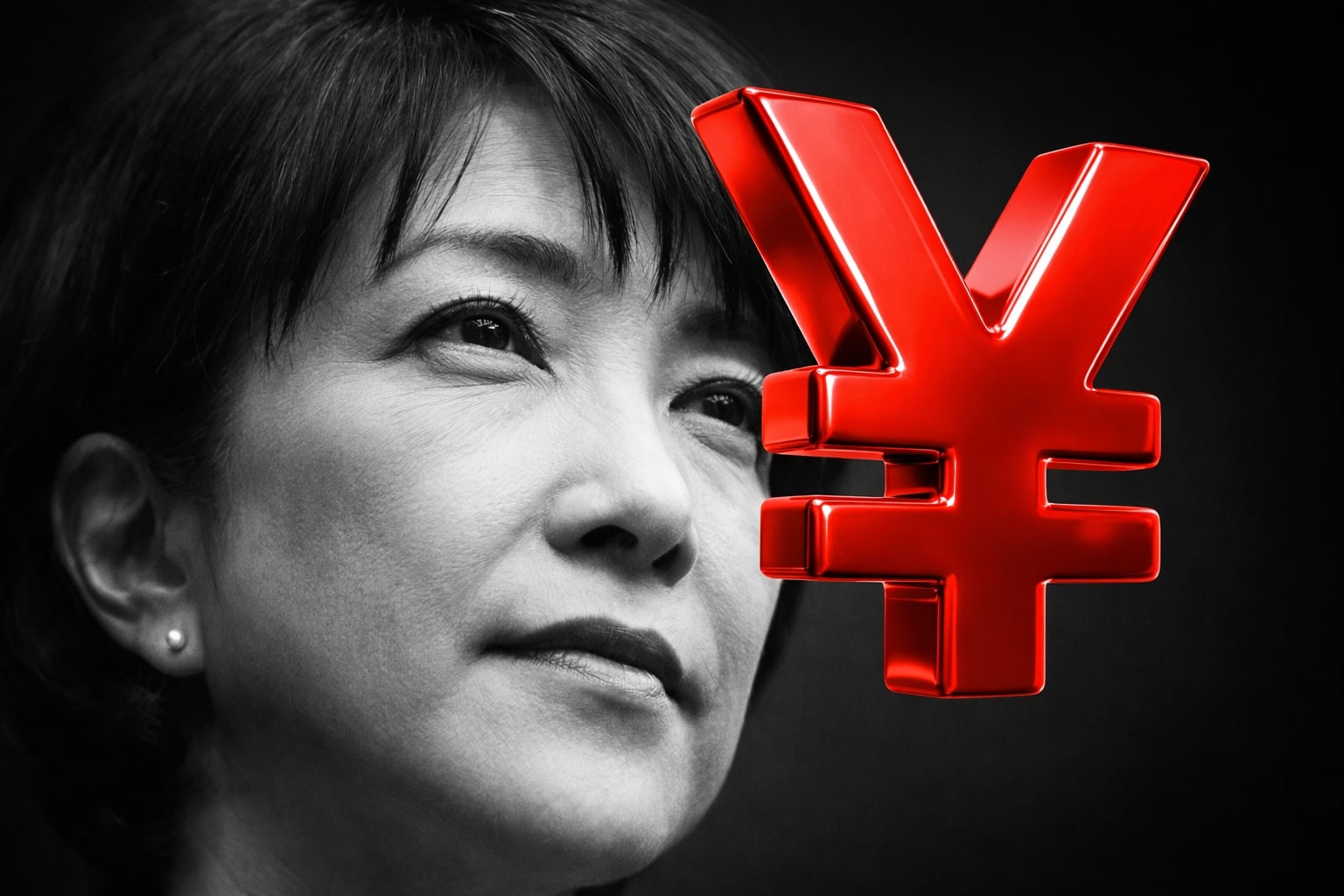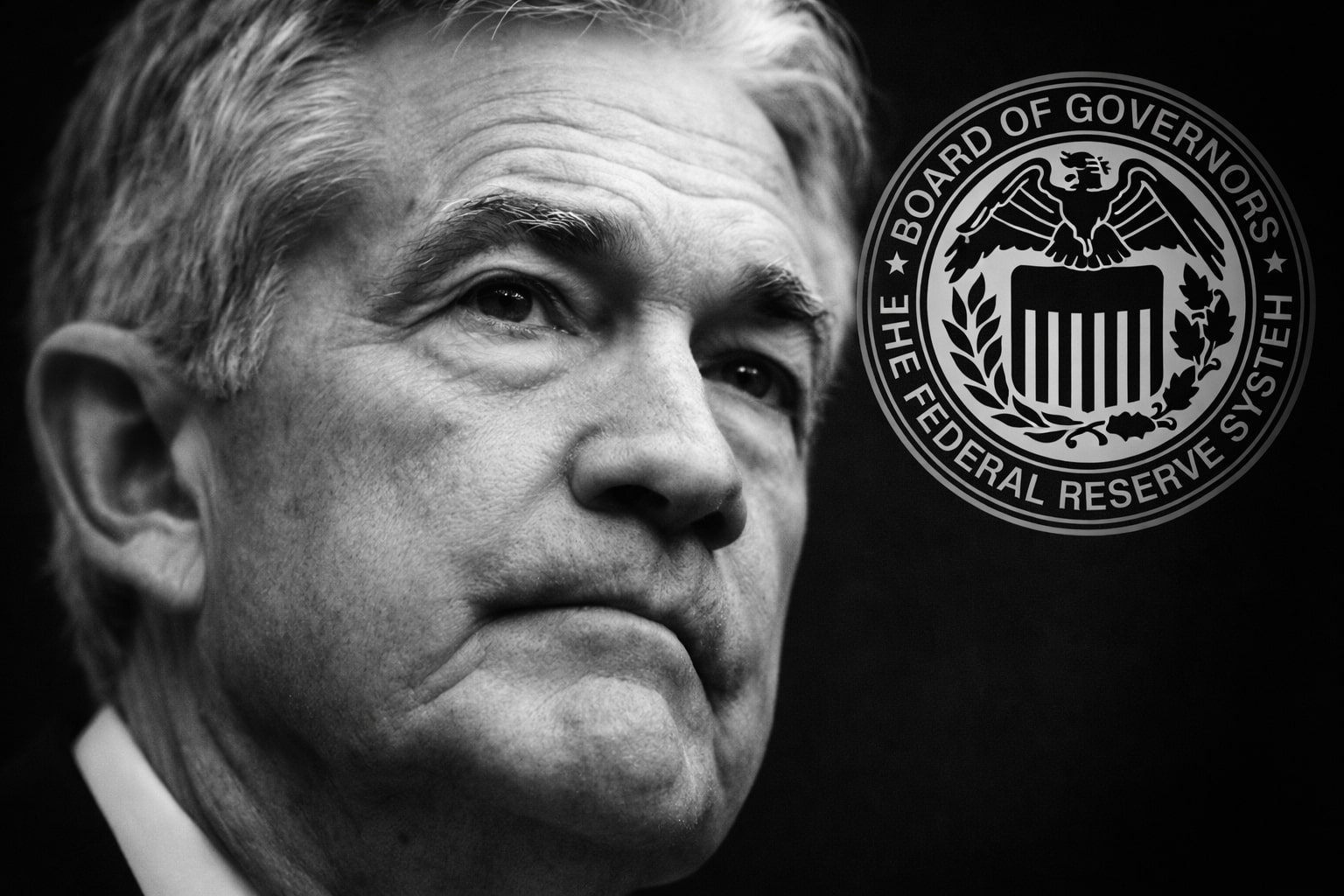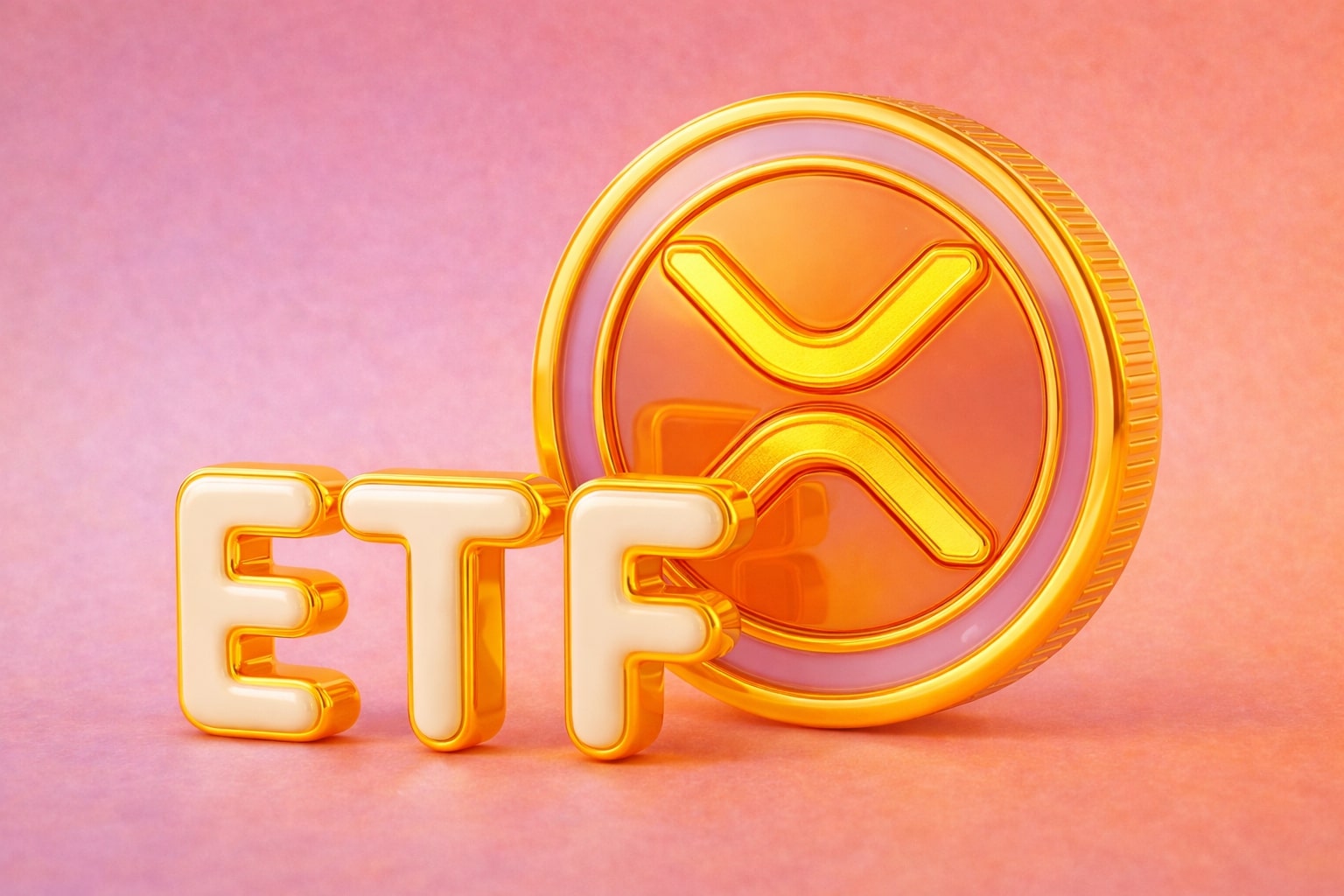Gbp/Usd Rallies to 1.3400 as Technical Structure Shifts
Cable has clawed back to the 1.3400 area after touching a monthly low of 1.3308 just days earlier. The resurgence was powered by a combination of short covering and a modest retreat in U.S. Treasury yields from their July peaks. After the Federal Reserve reiterated its intention to hold rates at 4.50% through year-end, the 10-year Treasury yield eased from 4.10% to 3.95%, reducing the dollar’s attraction and giving Sterling buyers fresh impetus. On the daily chart, the rebound above the 50-day simple moving average at 1.3530 marks the first such close since July 15 and is mirrored by a shift in the relative strength index from the low-30s back toward neutral at 45. That shift reflects improving internals: daily volume on FX platforms has increased by roughly 12% during the recovery, indicating genuine buying interest rather than a fleeting technical bounce.
Channel Resistance Nears at 1.3460
The pair’s trading range remains bound by the descending trendlines drawn from the July highs. The upper channel boundary, which aligns with 1.3460 on today’s intraday charts, represents a key inflection point. Breaching that line would break the pattern of lower highs that has defined Cable’s behaviour since early July, when it peaked at 1.3788. Above 1.3460, the next technical barrier resides at 1.3570, where the July consolidation highs rest and where the 200-day exponential moving average currently sits. Traders watching order books report that there are notable limit buys queued in the 1.3450–1.3480 zone, suggesting that a sustained move through the trendline would trigger a wave of stop-loss orders on the short side and accelerate the rally. Should the pair fail to hold above 1.3400, however, the channel floor around 1.3250 would come back into focus, underpinned by the May trough at 1.3140.
Fibonacci Retracements Highlight 1.3650 as Next Objective
From the multi-year high at 1.4370 in 2022 down to the current lows, the 38.2% Fibonacci retracement level sits at 1.3650, making it the first significant upside target if bullish momentum sustains. Reaching that level would constitute a roughly 1.9% gain from current spot and would coincide with the neckline of the head-and-shoulders pattern that has been in formation since April. A test of 1.3650 would also intersect with the 78.6% retracement of the May–July decline, offering dual technical confluence that could attract breakout buyers. Historical volume data shows that trading interest in this region is elevated, with daily transaction counts rising by nearly 20% when Cable last passed through 1.3650 in mid-June, underscoring its significance as a market magnet for participants.
Uk Data and Us Policy Drive Interplay
Economic releases in both the United Kingdom and the United States continue to set the stage. In the UK, July retail sales fell by 0.5%, worse than economists’ forecast of a flat reading, pointing to weakening consumer resilience under persistent inflation near 6.8% year-on-year. Services PMI for July also missed at 50.2, down from 52.4 in June, suggesting that the post-lockdown recovery is losing steam. Meanwhile in the United States, durable goods orders rose by 0.8% in June, beating expectations yet failing to prevent a broad-based easing in Treasury yields after Fed Chair Powell indicated a “patient” approach on future rate moves. The combination of soft UK activity data and a temporarily sidetracked dollar has created a window for Sterling to rally, although underlying fundamentals still favour a cautious stance until UK inflation starts to trend towards the Bank of England’s 2% target.
Positioning and Options Flow Point to Cautious Optimism
Commitments of Traders filings show that non-commercial speculators reduced their net short GBP/USD positions by roughly 10,000 contracts during the past fortnight, trimming from a net short of 35,000 to 25,000 contracts. This shift indicates that some of the most aggressive bearish wagers have been covered, alleviating one tail-risk that could otherwise have exacerbated declines. In the options market, one-month risk reversals have moved from a 0.4% put premium to near flat, implying that traders are no longer paying up for downside protection. Implied volatility has fallen from 8.5% to 7.8%, making the environment less conducive to large directional moves. Currency swap data also reflects a modest decline in dollar demand, with overnight USD liquidity premiums easing from 1.2% to 0.9%, a sign that interbank stress has receded slightly.
Hold Verdict: Wait for Confirmation Before Chasing
Even as GBP/USD has reclaimed ground around 1.3400, the broader downtrend remains intact until Cable can clear the 1.3460–1.3480 zone and sustain above the descending channel. Traders should look for a daily close beyond that trendline and a rise in the relative strength index above 50 before shifting to a bullish stance. If the pair reverses and dips below 1.3320, that would reopen the path toward 1.3250, reinforcing the case for continued caution. The evidence so far suggests a tempered optimism among investors, but confirmation via both price action and fresh fundamental catalysts is required before committing to a long position.




















